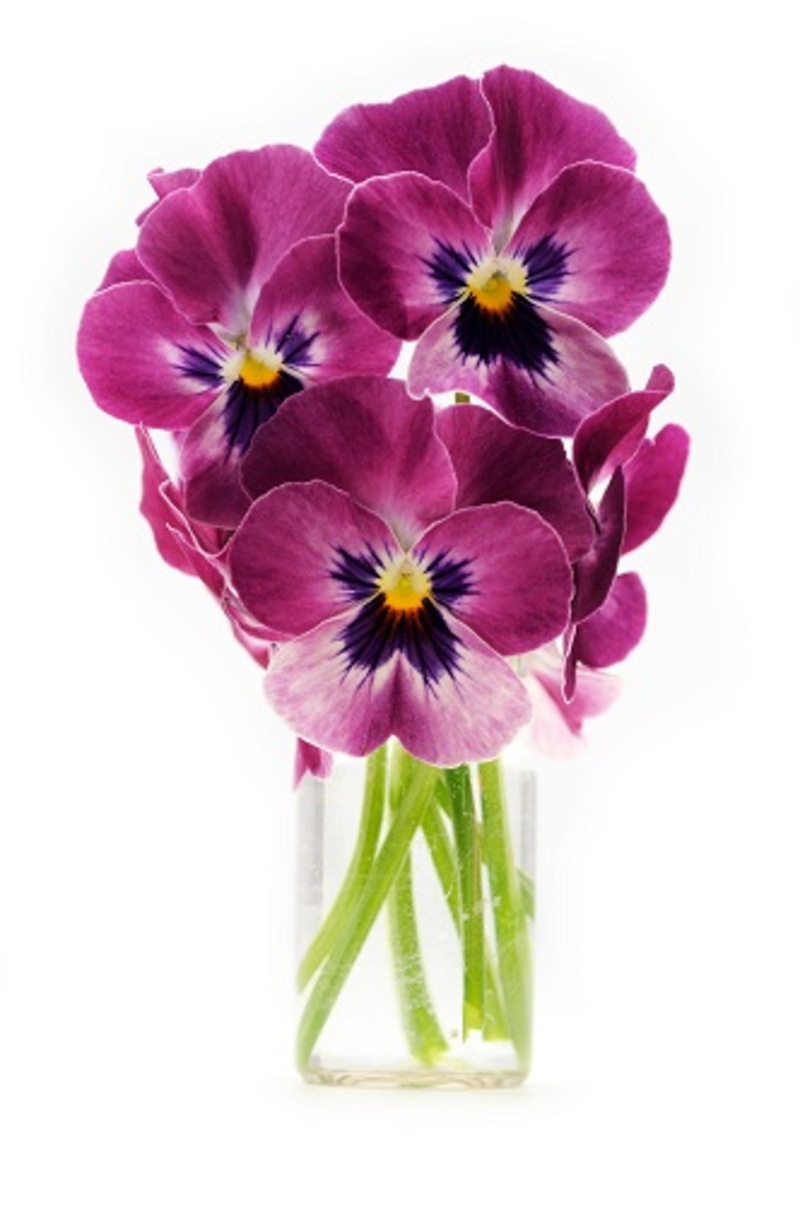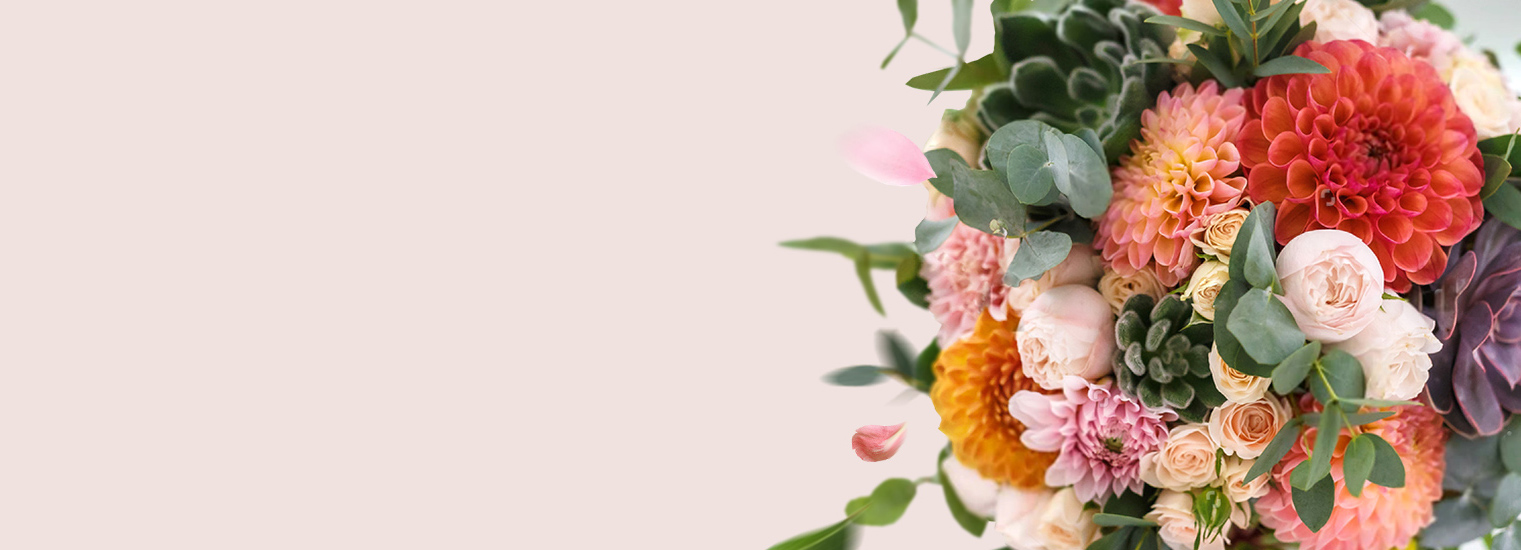Simple Solution for Pollen Stain Removal
Posted on 14/01/2025
Pollen stains can be a daunting challenge to deal with, often leaving unsightly marks on clothing, upholstery, or other fabrics. However, with the right approach and techniques, these stubborn stains can be effectively and efficiently removed. This article delves into comprehensive and simple solutions for pollen stain removal, ensuring that your fabrics are restored to their original condition with minimal effort.
Understanding Pollen Stains
Pollen stains are primarily caused by the fine powdery substance released by flowers for reproduction. When these tiny particles come into contact with fabrics, they can quickly adhere and create a pigment that is difficult to wash out. The key to tackling pollen stains lies in early intervention and using the right materials.

What Makes Pollen Stains Difficult to Remove?
The resilience of pollen stains can be attributed to several factors. Firstly, pollen contains natural dyes and oils that easily embed into fabric fibers. Secondly, attempting to rub or wipe away pollen particles often causes them to spread further, deepening the stain. Therefore, a more strategic approach is required to effectively lift the pollen without damaging the fabric.
Preliminary Steps for Pollen Stain Removal
Before diving into specific products or solutions, it's crucial to follow some preliminary steps to halt the stain from spreading and allow for easier removal. Here's a step-by-step guide:
1. Gently Shake Off the Pollen: Take the fabric outdoors and gently shake off as much pollen as possible. Be cautious not to rub or press the pollen further into the fabric.
2. Use Adhesive Tape: Lightly press a piece of adhesive tape onto the pollen stain and lift it off. This method helps in removing surface pollen without spreading the particles.
3. Vacuum the Stain: Using a handheld vacuum can assist in sucking up any remaining loose pollen particles. This step is particularly useful for upholstery or carpets.
Effective Methods for Pollen Stain Removal
There are several tried-and-tested methods to tackle pollen stains. Below are some effective solutions:
Method 1: Using Rubbing Alcohol
Rubbing alcohol acts as a solvent that breaks down the oils and dyes in pollen stains. Here's how to use it:
1. Dampen a clean white cloth with rubbing alcohol.
2. Blot the stained area gently, making sure not to rub aggressively.
3. Continue blotting until the stain starts to fade.
4. Rinse the fabric with cold water and launder as usual.
Method 2: Applying White Vinegar
White vinegar is a versatile household item known for its stain-fighting properties. Its acidic nature helps in breaking down pollen stains effectively.
1. Mix equal parts of white vinegar and cold water.
2. Using a clean cloth or sponge, apply the solution generously to the stain.
3. Blot the area to lift the stain without spreading it.
4. Rinse with cold water and repeat if necessary.
5. Launder the fabric as per its care instructions.
Method 3: Hydrogen Peroxide Treatment
Hydrogen peroxide is another powerful stain remover, especially effective on lighter fabrics.
1. Apply a small amount of hydrogen peroxide directly to the pollen stain.
2. Let it sit for about 15 minutes.
3. Blot the area with a clean cloth to lift the stain.
4. Rinse thoroughly with cold water.
5. Launder the fabric as normal.
Method 4: Commercial Stain Removers
There are several commercial stain removers designed specifically for dealing with tough stains like pollen. Look for products that are safe for use on the type of fabric you're treating. Follow the instructions provided by the manufacturer for best results.
Preventative Measures to Avoid Pollen Stains
While it's helpful to know how to remove pollen stains, prevention is always better than cure. Here are some preventative measures you can take:
1. Flower Arranging Precautions: When arranging flowers, do so over a sink or an outdoor area to minimize the risk of pollen dropping onto fabrics.
2. Strategic Flower Placement: Keep flowers away from areas where fabrics are frequently used, such as couches, bedspreads, or dining tables.
3. Use a Pollen Guard: There are products available that act as a barrier to pollen shedding. These can be applied to flowers to minimize pollen dispersal.
Dealing with Persistent Stains
Sometimes, despite all efforts, pollen stains can be particularly tenacious. In such cases, repeating the stain removal process might be necessary. Consistency and patience are key. Additionally, professional cleaning services could be considered for delicate or highly valuable fabrics that require specialized care.

Special Considerations for Different Fabrics
Different types of fabrics respond differently to stain treatment. Here are some specific recommendations:
1. Cotton and Linen: These fabrics can generally withstand more aggressive treatments like hydrogen peroxide. Ensure thorough rinsing to remove any residual chemicals.
2. Silk and Wool: These delicate fabrics require gentle handling. Use milder solutions such as diluted white vinegar and avoid harsh chemicals.
3. Synthetic Fabrics: Most synthetic fabrics are resilient but always check the care label before applying any treatment.
Conclusion
Tackling pollen stains can be a challenging task, but with the right approach, it's entirely manageable. Early intervention, coupled with the correct methods and materials, can significantly enhance the effectiveness of stain removal. By following the detailed methods outlined in this article, you can restore your fabrics to their pristine condition, and with preventative measures, you can avoid future instances of these pesky stains.
Knowledge of simple solutions and adherence to tried-and-tested methods ensures that you can handle pollen stains confidently and efficiently, maintaining the appearance and longevity of your fabrics.









